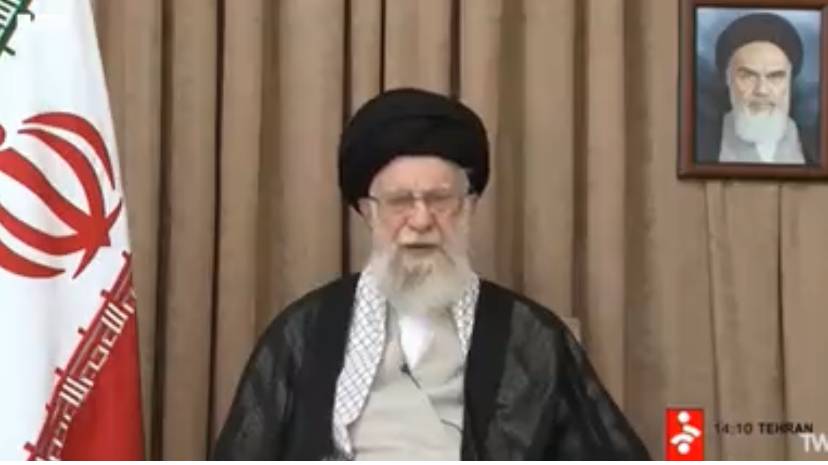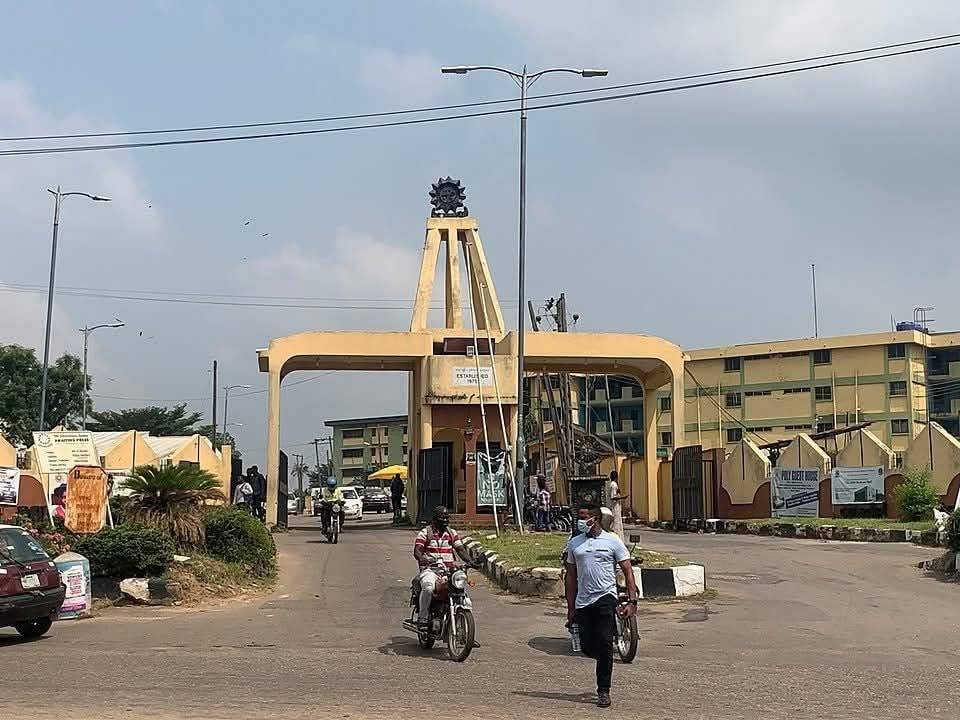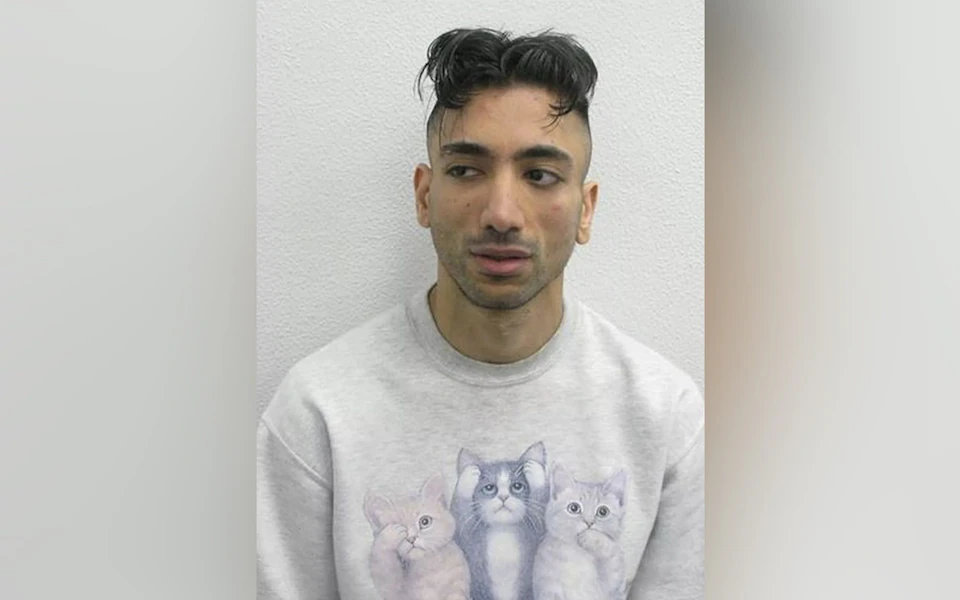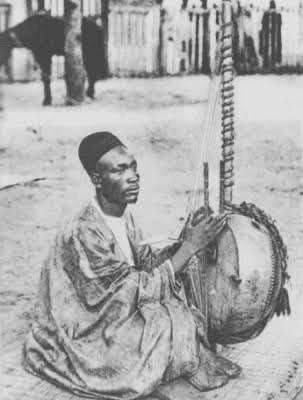Ògúnlolá, a valiant hunter and master archer of Ibariba origin, migrated with his wife, Èsùu, to the area now known as Ọ̀gbómòsó in the mid-17th century. They initially settled under a tree called Ajagbon, which still stands near the king’s palace.
Ògúnlolá soon discovered that the area was already inhabited by other hunters: Aale, Onisile, Orisatolu, and Akande. Establishing his dominance, Ògúnlolá convinced these brave men to form a society called Alongo to protect their settlement from wild animals and slave raiders. During this time, Ògúnlolá mistakenly killed an Ijesa itinerant trader, believing him to be a slave raider, and was imprisoned for this offense.
While awaiting trial, news spread of a fearsome attack on Oyo-Ile by a warrior named “ELÉMÒSÓ,” causing great unrest. Ògúnlolá, known for his fearlessness, offered his services to the Alaafin, promising to bring Elémòsó’s head in exchange for his freedom. Granted release, Ògúnlolá infiltrated the enemy camp, killed Elémòsó with an arrow, and beheaded him. He presented Elémòsó’s head to the Alaafin, bringing great joy to the kingdom.
The Alaafin urged Ògúnlolá to remain in Oyo-Ile, but he insisted on returning to his settlement, saying, “e jé kín lo má ṣe òhún,” meaning “let me go and stay far away.” This statement led to the title “Soun Ogbomoso.” Ògúnlolá returned to his settlement as a nobleman, honored and richly rewarded by the Alaafin for his bravery.
Travelers began referring to the settlement as “ìdóo eni tí ó gbórí elémòsó,” meaning the settlement of the one who beheaded Elémòsó. This is how the present-day Ogbomoso got its name.
This story was adapted into a film by Chief Lérè Paimo, who portrayed Ògúnlolá.
Credit: Facebook/OmonimupAshayan comedy













